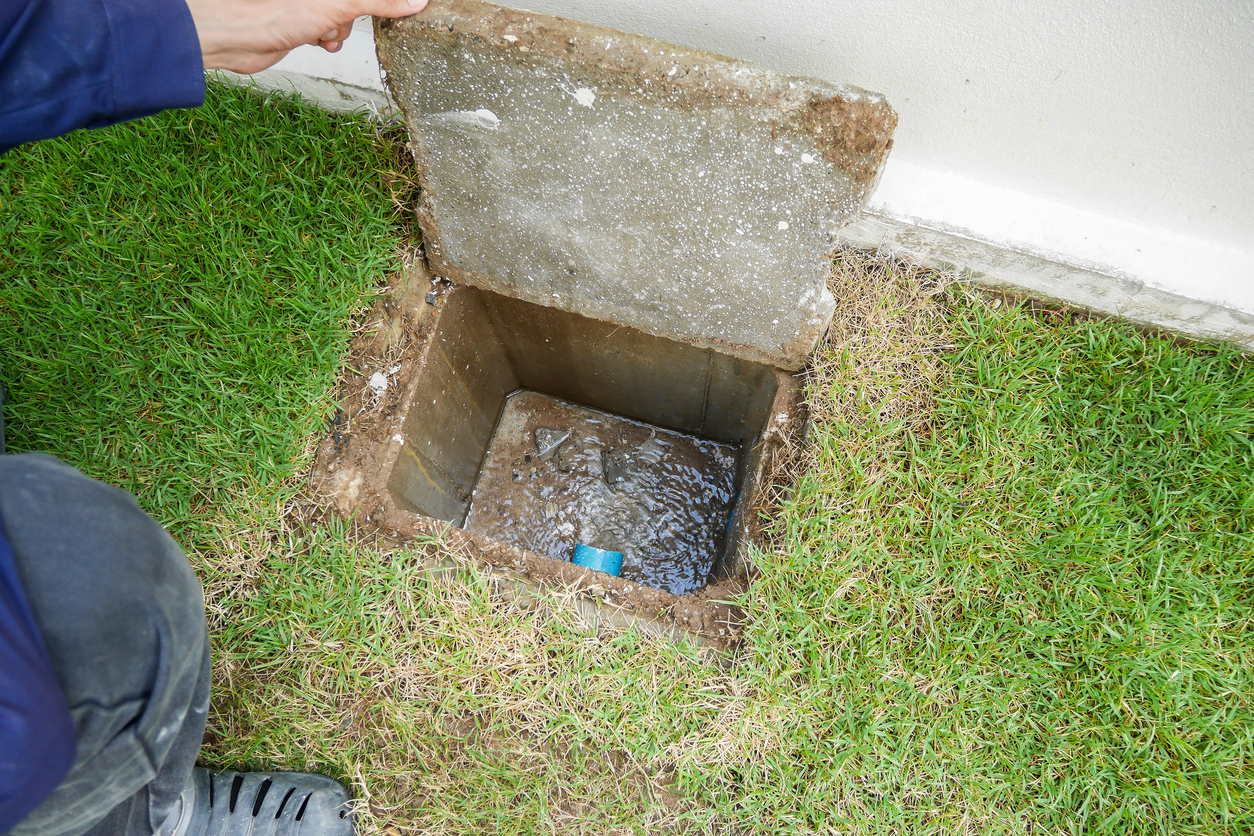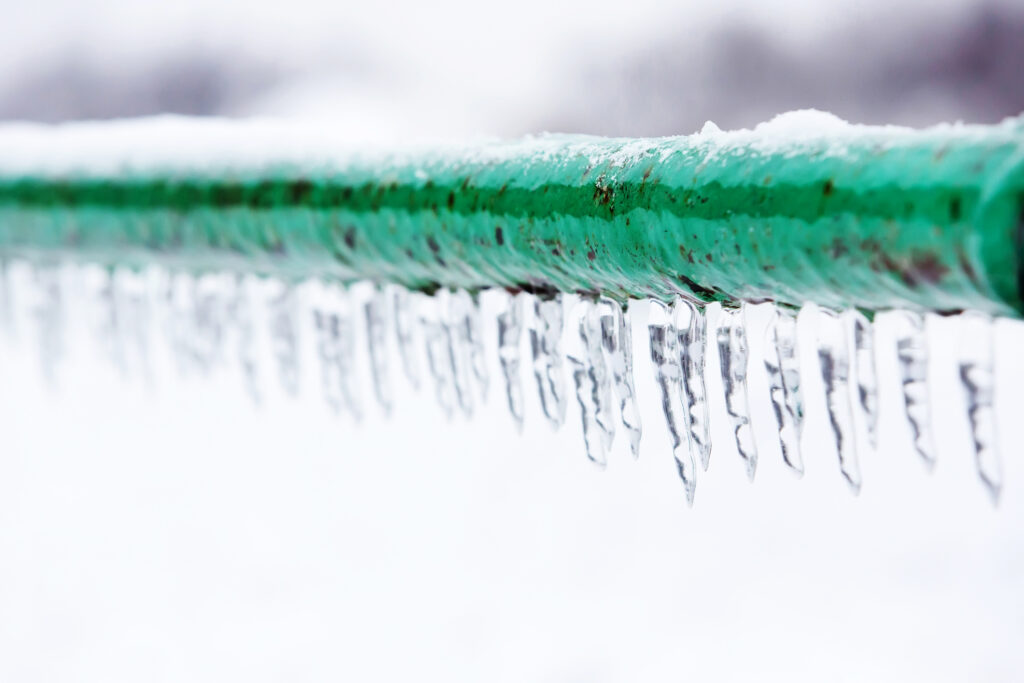Do I Need to Replace my Thermostat?
ElectricalWhat’s one of the worst case scenarios? Ah, yes: when you’re attempting to heat your home on the coldest of evenings and the room still feels like an igloo, even after turning the temperature up to the highest setting. Sure, you can attempt to raise the thermostat even higher, but what good would that do? Of course, you’re probably already deeming that your device is out of order — but before you call for HVAC service, here are a few things to check for first:
Check the Temperature
Known as one of the first spots a homeowner will look at, it’s important to check the set temperature on your device. Sure, adjusting the temperature might seem to fix the problem immediately — but before you write your device off as broken, think about any additional settings you might have set up.
Of course, to combat this, you’ll want to start raising/lowering the temperature to see if it makes a difference with your heating unit. If you start to feel some heat in the room after approximately, 10 minutes, then it’s safe to say that your thermostat works. However, if the room still feels cold after waiting, then you might be the candidate for a thermostat replacement or repair.
Look at the Location
Sometimes, it’s possible that an older thermostat was placed in the wrong spot in your home. Indeed, this isn’t something that many homeowners tend to think about — but it certainly does happen more often than you think. For example, when having a thermostat installed, the best place to mount the device is either in a hallway or in a part of the house that’s away from all windows and external doors.
The reason being is this: thermostats are very sensitive to the touch and can sense the slightest temperature change at any time of the day. Of course, if your device is near any of these climate changing factors, then any set temperature will be ignored, and your thermostat will do as it deems necessary. If your thermostat is placed in the proper location and still doesn’t cooperate with any adjustments made, then it’s time to look into options of relocating the device.
Examine the Batteries
Just like leaving your vehicle’s headlights on overnight, it’s possible that a non-wired thermostat can have a dead battery — resulting in undesired temperatures. Indeed, this isn’t a significant issue, since many non-wired powered devices will use a battery from the local drug store — but it’s possible that it could need a little more than a battery replacement.
If you feel as if your thermostat battery life is nonexistent, then it would be a wise investment to look into a hardwired device that runs on your home’s electricity. This will not only keep your thermostat in pristine condition, but it will also provide you with peace of mind knowing that your device will always be good to go (unless there’s a power outage).
Monitor Heating Times
Fact: what’s worse than your thermostat not heating to the desired temperature? Heating your home for an unnecessary amount of time, without shutting off. Indeed, this is a factor that does come into play more often than one would think — especially in the wintertime. One of the best ways to see if your device isn’t functioning properly is to monitor how long your heater stays on.
Of course, if you have your temperature set on the higher/lower end of the spectrum, then your thermostat will keep the heat running for an extended period. However, if you set your device to an average temperature range and the heat stays on for longer than usual, then it’s being caused by a faulty thermostat. The best way to track this is to record the temperature you set your unit to and the amount of time the heater stays on. Indeed, if your heater is working abnormally long, then it’s time to upgrade your thermostat — and Stuart Services can help!
Call Stuart Services today at 504-321-2079 to schedule a thermostat inspection. We serve customers throughout Jefferson Parish, including New Orleans, Metairie, Baton Rouge, and Northshore.







